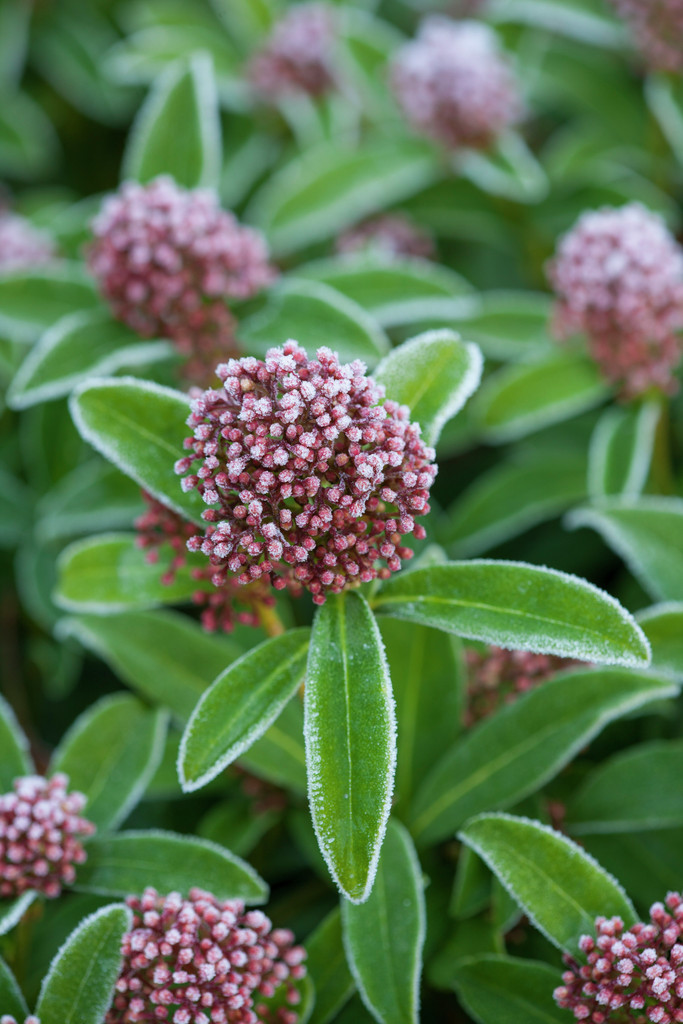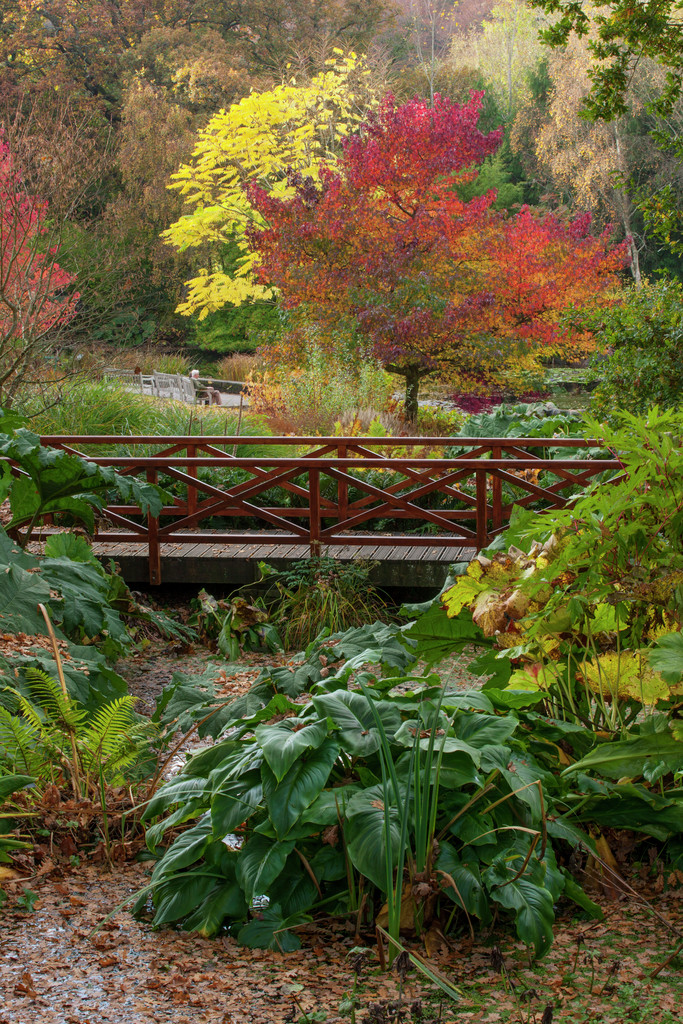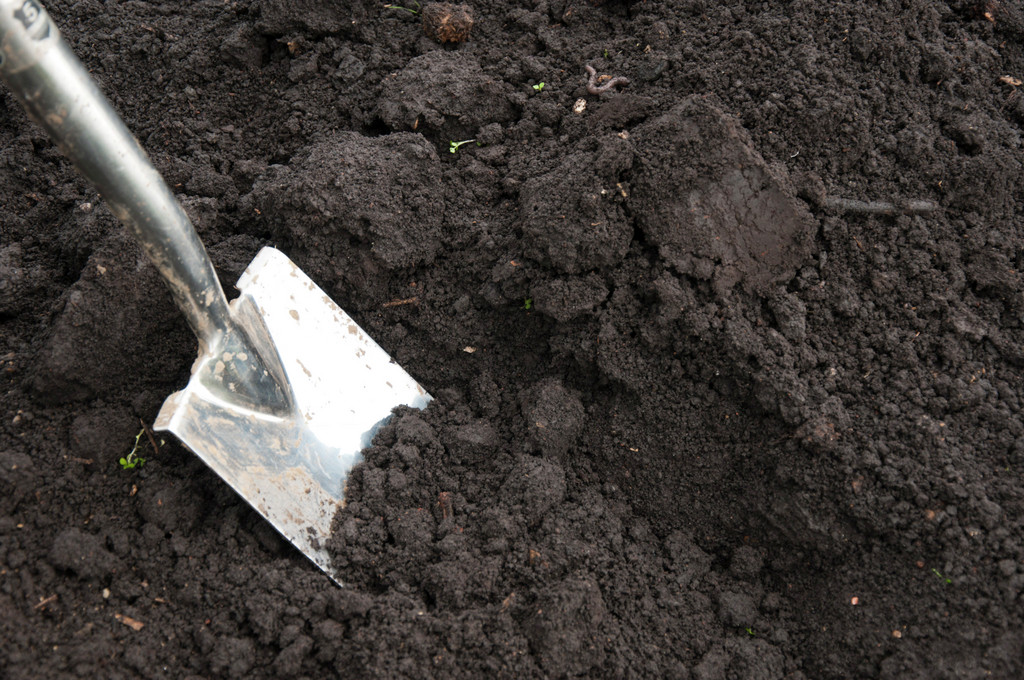5 gardening tips for October
We've teamed up with the experts at the Royal Horticultural Society for their top tips for the garden for the month.
What is the average weather in October?
We look at averages using the 30-year average (1980-2010). Using this we can see changes in temperature, rainfall and sunshine hours in October compared to earlier in the year. Maximum temperatures average at 12.8 °C in October compared to 16.5 °C, whilst minimum temperatures average around 6.2 °C, more than 2.5 °C cooler than the average minimum in September (8.8 °C).
When looking at average sunshine hours, it drops considerably in October, when we find an average 92.5 hours of sunshine, compared to September with 124.7 hours of sunshine, and August (163.0 hours).
You can see a big jump in average rainfall in October, with the average up to 127.1 mm compared to September’s 96.4 mm.
Find out more about climate records, including breakdowns for the UK, England, Scotland, Wales and even your region, on our UK climate averages page.
Jobs for the garden for October
The change in weather will have a definite impact on the plants in the garden - here's the experts at the Royal Horticultural Society with their tips on what to do in the garden in October.
1. Plant evergreens
Plant evergreen shrubs this month while the soil remains warm. Read more tips about planting trees and shrubs.
2. Cover plants before frosts
With an increased likelihood of frosts with the minimum temperatures dropping, all tender plants should be under cover before the first frosts. Find out more about frost damage.

3. Get out and enjoy the beauty of autumn leaf colour
Enjoy autumn colour as deciduous trees begin the process of severing their leaves. Bright warm days and chilly nights result in the best autumn colour. Find out more about the factors that affect autumn colour.

4. Tend borders and clear spent plants
Gardeners with stiff sticky clay soils can press ahead with tending borders, clearing annuals and spent vegetable crops and with digging before winter rains set in and make the soil too wet to handle or stand on. Read more about gardening with clay soils.

5. Compost garden waste
Consign garden wastes to the compost bin mixing roughly 30% soft green matter and the remainder strawy brown material. This should result in usable compost by May https://www.rhs.org.uk/soil-composts-mulches/composting





